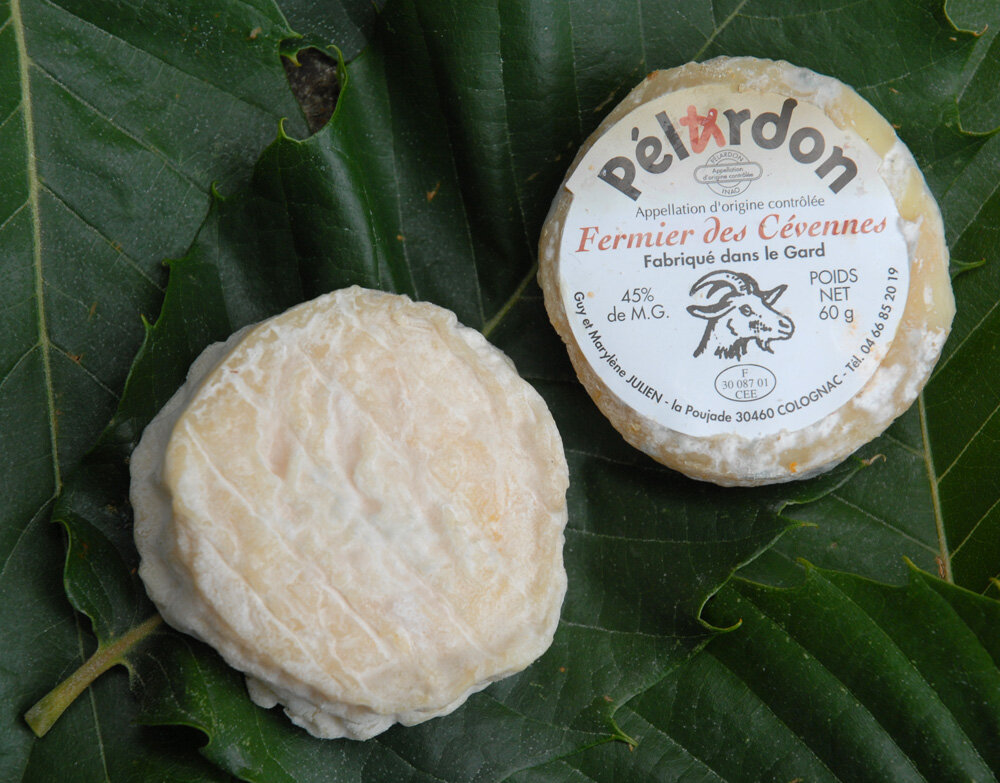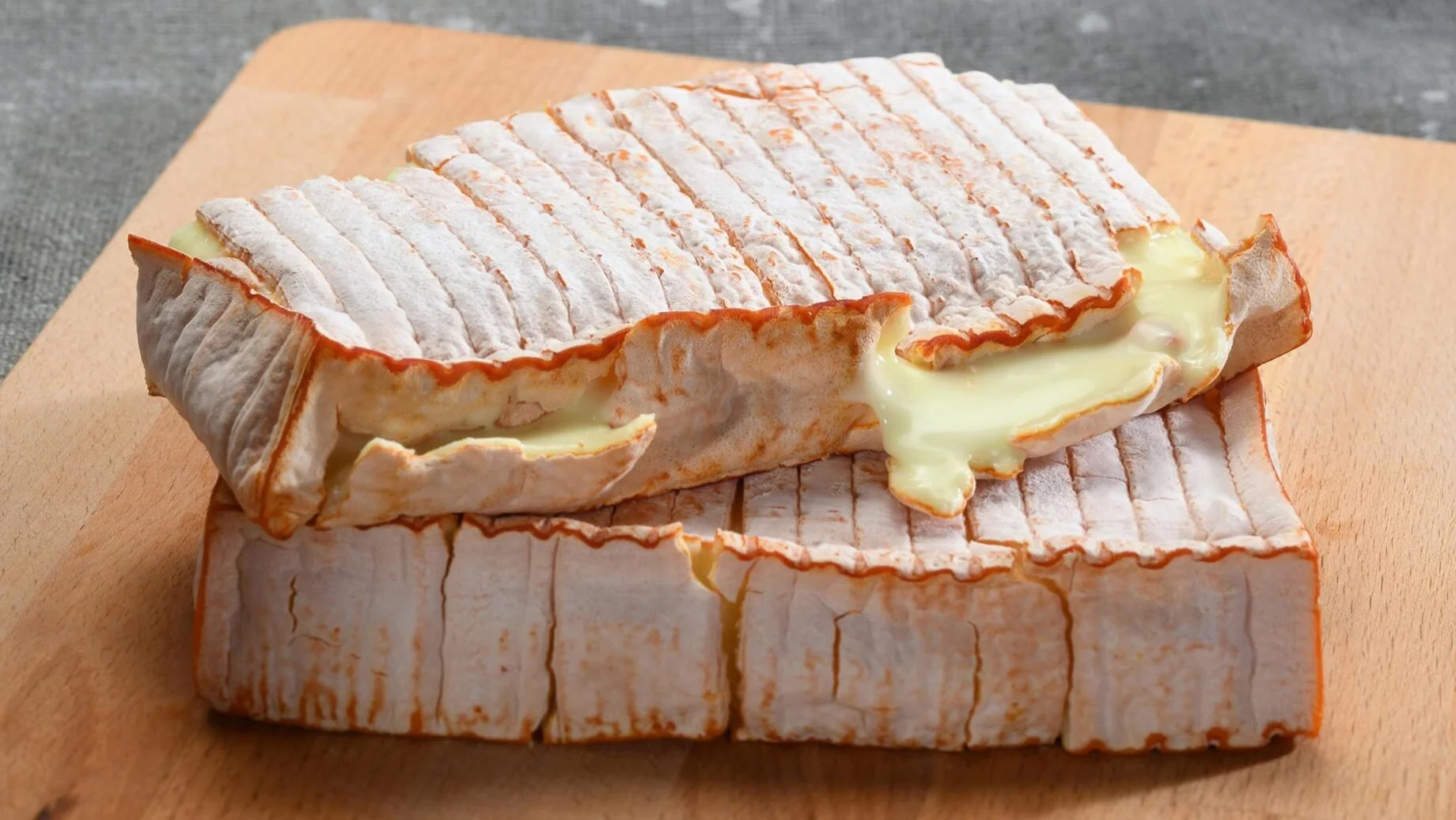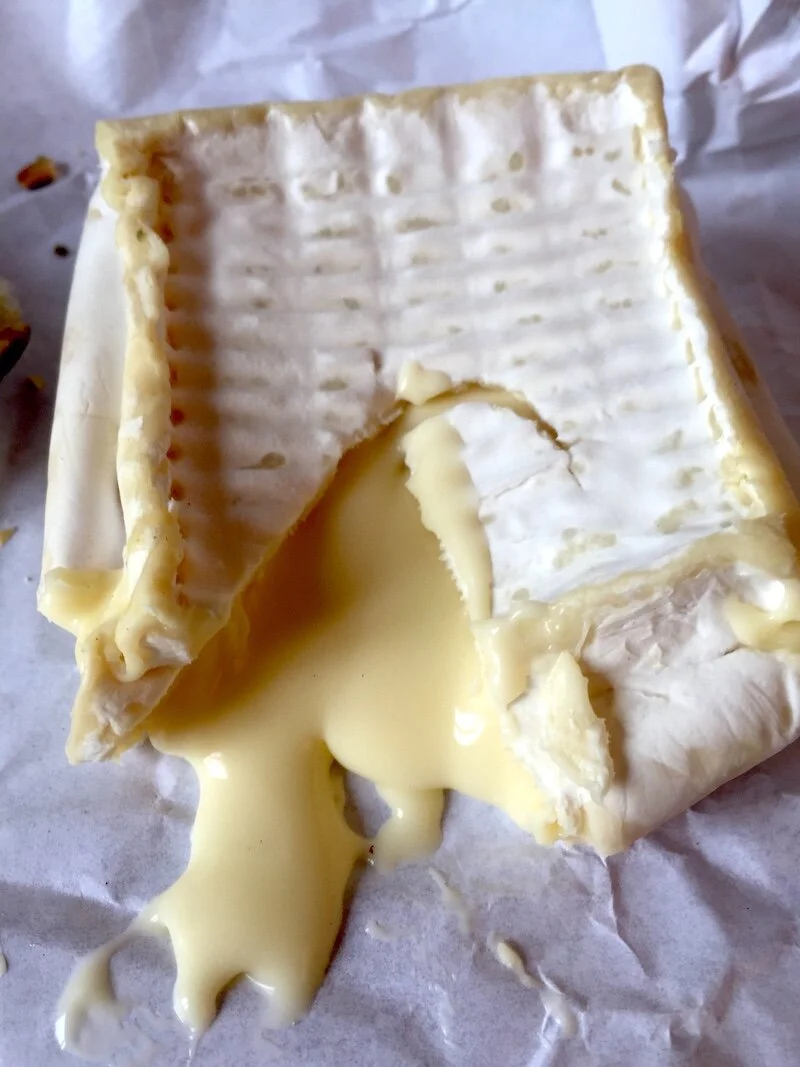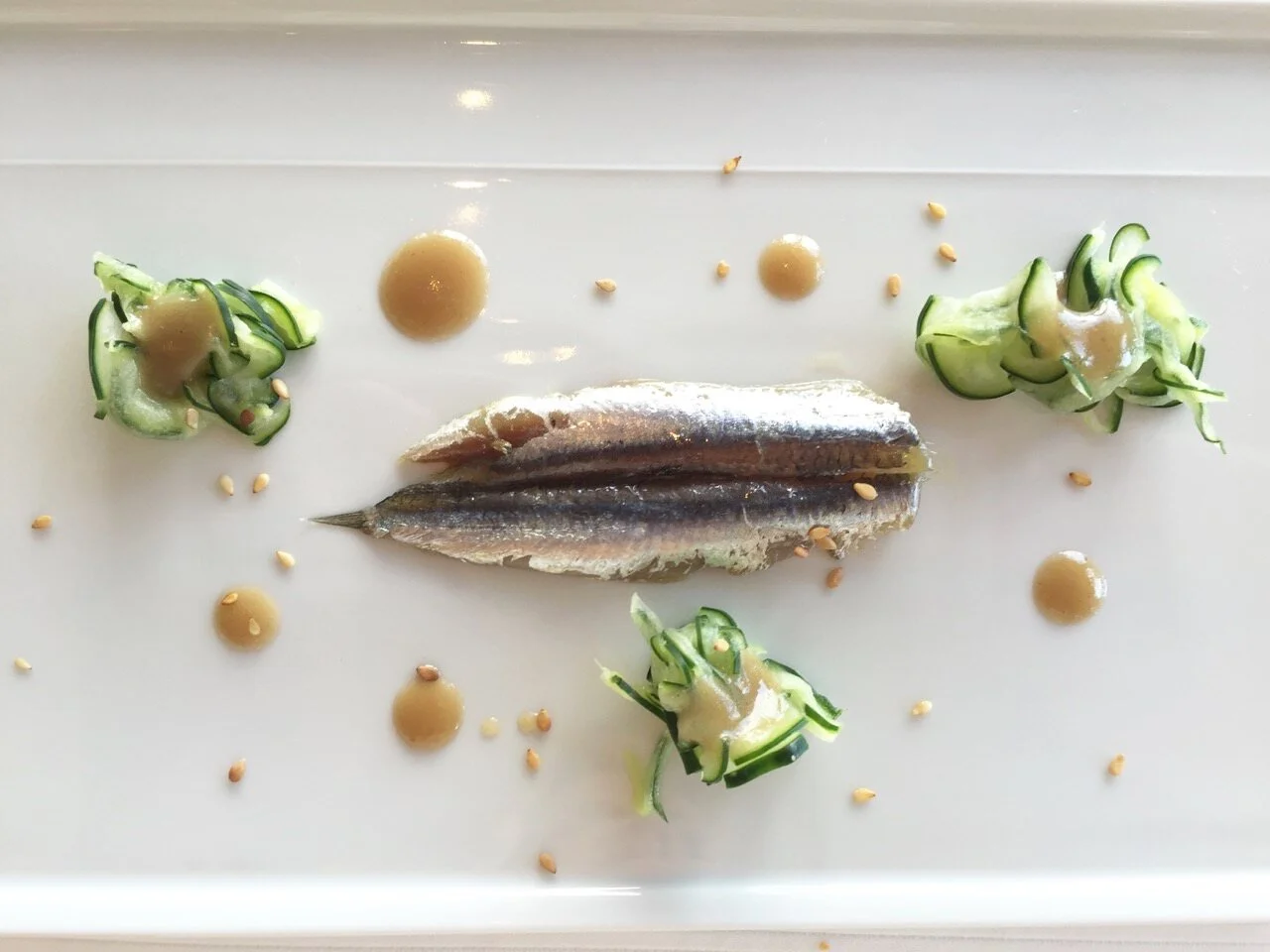Photo: CC / Robin Lacassin
World Cheese Encyclopaedia - Each Sunday learn all about a new cheese.
This week Pélardon from France.
Photo: pelardon-aop.fr
Country: France 🇫🇷
Region: Cevennes, Languedoc-Roussillon
Made from: Goat’s milk
Pasteurised: No
Texture: Creamy, soft,
Taste: Fruity, milky, salty, nutty
Certification: AOC, AOP
Ageing: 2 - 3 weeks
Pélardon, formerly called paraldon, pélardou and also péraudou, is a traditional French cheese made from goat’s milk. You will often see it sold as Pélardon des Cevennes - it is a delicious little cheese from the Cevennes region, near the Alpes in Languedoc - Roussillon. It has both AOC and AOP certification.
Pélardon is a small round soft-ripened cheese covered in a white mould. Each cheese weighs approximately 60 grams, with a diameter of 60-70 mm and a height of 22-27 mm.
Photo: fromages-france.com
Alpine, Saanen or Rove breeds of goats are used to produce the milk for Pélardon cheese grazing on the scrubland and heaths of the Cevennes. Goat herds in the area must be relatively small in number due to the sparse vegetation and arid climate of the region. According to the strict regulations of the AOP certification, the goats must graze for at least 210 days per year and each farmer has to have at least 0.2 hectares of land per goat.
Today, about 75% of all Pélardon cheeses produced in the region are traditional farm-made cheeses. The fresh curd is and always has been ladled by hand. The pate is uncooked and unpressed. Pélardon is generally aged for two to three weeks in a well-aerated cellar. The minimum the cheese is left to ripen is eleven days.
Photo: pelardon-aop.fr
The appearance, taste and aroma of Pélardon depend very much on the level of maturity. When young, the paste is white, smooth and firm, becoming more creamy near the rind as it matures. The thin rind is also white or cream-coloured when young. At first, it is smooth and moist but becomes more wrinkly as it ages developing a natural gray or blue mould.
The taste is fruity and tangy with a fine balance between acidity and saltiness, it has a full, rich milky flavour with hazelnut tones that linger on the palate and a fine texture.
The aroma is fresh but becomes more goaty and mushroomy as it ages. When it is left to mature for longer, the texture becomes firmer, even brittle, the rind darkens and the cheese acquires a more pronounced goat’s milk taste.
History
Photo: Benchmark Wine Group
Pélardou, Péraldou, Paraldon, Péraldon, Péraudon has had many names before finally being definitively named Pélardon at the end of the 19th century.
According to Pliny the Elder, cheeses from the Languedoc region were appreciated by the Roman elite. The first written record of Pélardon can be traced back to Abbot Boissier in 1756. At the time, the cheese was called “Peraldou”.
Each cheese is unique thanks to the knowledge and tradition of each producer and the diversity and richness of the food grazed on by the goats in the region.
It was recognized with AOC certification in 2000 and AOP (protected designation of origin) in 2001.
How to enjoy it
This delicious goat’s cheese pairs nicely with a Faugères red wine from Bordeaux. It is tasty eaten on its own, with a little honey or olive oil, or added to a salad.
Sources: Wikipedia, Fromages.com, fromages-aop.com, pelardon-aop.fr, frenchfoodintheus.org, Benchmark Wine Group, fromages-france.com
Follow True Foodies
Have you always dreamed of becoming a better cook? Now you can with our online video cooking classes

































